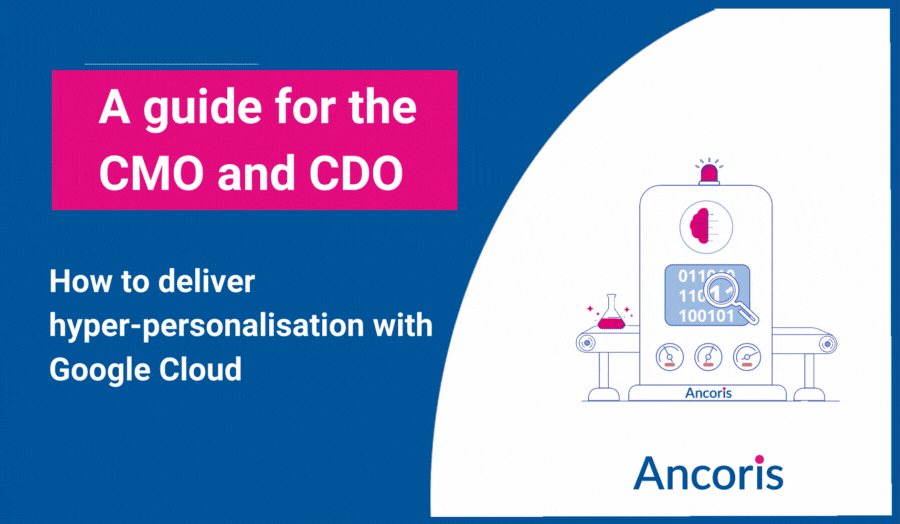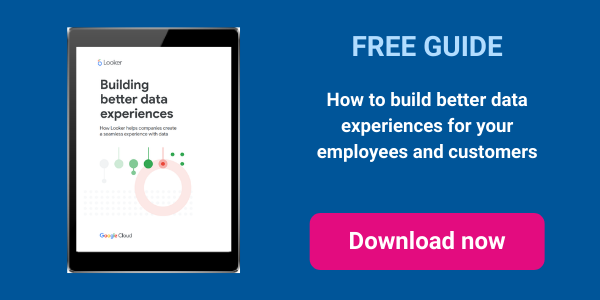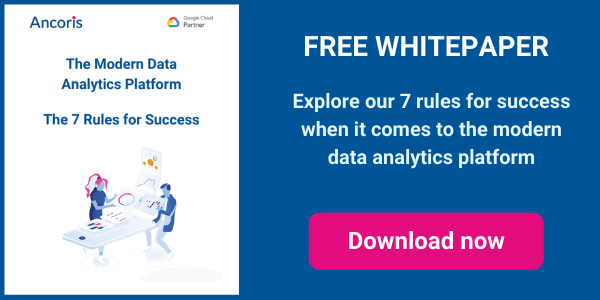Hyper-personalisation is about offering each of your users more of what they love. It goes beyond basic personalisation, such as addressing customers by name when logged in to a web page. Instead, it creates user experiences that are tailored to the exact interests and needs of each user. With hyper-personalisation, it’s entirely possible no two users will ever be shown the same content in the same order.
A great example of hyper-personalisation is coffee chain Starbucks’ email marketing. The company gathers data every time customers use the Starbucks app to order or pay. With basic personalisation, Starbucks could use this data to send out 30 variants of its weekly marketing emails. With hyper-personalisation, it can now send out 400,000 different versions every week.
How can your business benefit from hyper-personalisation?
Creating more targeted email campaigns, as Starbucks did, is just one way to use hyper-personalisation. You can use it to:
- Up-sell, cross-sell and shift slow-moving inventory, by creating pages based on customers’ past purchases and recent browsing history. Amazon does a great job with this, with sections showing items that are often bought together or what other people went on to buy after looking at a particular product. Amazon also makes it easy for customers to navigate back to products they’ve already looked at, as well as listing similar products to the one they’re currently viewing.
- Encourage repeat visits, by running email campaigns that feature accessories for items purchased in the past, promote new stock that is likely to appeal to customers based on their past purchases, or include the kind of promotions — whether money off, free shipping or multi-buys — that a particular customer has used previously. Retailers can also use hyper-personalised campaigns to encourage customers to return to abandoned baskets and complete the checkout process.
- Keep people watching, listening or interacting. Services like Netflix prevent subscribers from defecting to rivals by making sure they’re aware of other content on the site that they’ll enjoy. According to research published in 2015, Netflix estimates it saves $1 billion a year by using its recommendation engine to reduce subscriber churn. If a site includes adverts — typically the revenue model for many social media sites — then hyper-personalisation keeps users engaged by showing them timelines that contain more of the content they’re interested. That means they’re more likely to visit, to stay longer, to get involved in the conversation and to create their own content.
In short, hyper-personalisation should increase stickiness, improve conversion rates and generate higher revenues. With a greater understanding of customer behaviour and intent, you not only have the opportunity to run more effective marketing campaigns but also gain the insights to develop innovative new offerings and bundles that will increase customer spend or decrease churn.
Above all, by constantly delivering a more relevant customer experience, hyper-personalisation allows you to build trust in your brand and increase customer loyalty.
How do you deliver hyper-personalisation?
Hyper-personalisation relies on being able to combine data about a user’s current activity — which products they’re browsing in an online store or which posts they’re liking on a social media app — with data about your content, in order to identify the most relevant content to display next.
Determining which content is relevant typically involves using AI or Machine Learning (ML) in one of two ways. You either use ML to automatically tag content, so you can easily display a stream of content with similar tags, or you use ML to find other users who seem to have similar interests, so you can show the content those users looked at to this user.
For a coffee chain like Starbucks, the first approach might mean suggesting other syrup flavours if a customer is looking at a coffee with vanilla syrup. For the second approach, it could mean suggesting a particular kind of frappuccino to a customer who normally buys a caramel macchiato, because that’s what other customers who often buy caramel macchiatos usually buy in hot weather.
Given the vast volumes of data involved and the speed with which it needs to be turned around, your hyper-personalisation solution will need to be built around a hyper-scalable data warehouse capable of quickly executing queries over large datasets. You’ll need fast, reliable and secure data ingestion and transformation pipelines to feed it, and you’ll need to be able to run ML models that deliver results in a timely fashion.
It should be clear that delivering hyper-personalisation is not easy. That’s why companies like Play Sports Network — the world’s largest cycling media company and community, reaching and engaging with more than 40 million cycling fans and riders around the world — are turning to Google partners like Ancoris to realise their ambitions.
“To build a community around our brands, we need to understand our users and what they’re interested in, and then engage them through relevant content,” explains Javier Arias González, Play Sports Network’s CTO. “Ancoris helped us to accelerate our work to build personalised feeds. In three months, we’ve been able to save a year of work and develop the infrastructure needed to support our plans for the next two years. What Ancoris has delivered is a total game changer for us.”
How to get started?
You may be a CMO or CDO with the ambition, but not the in-house skills to get started. This is where Ancoris can help. Our Data, Analytics and AI practice brings together a highly committed team of experienced data scientists, mathematicians and engineers. We pride ourselves in collaborating with and empowering client teams to deliver leading-edge data analytics and machine learning solutions on the Google Cloud Platform.
Ancoris CMOLab Recommendation Engine is a solution designed by Ancoris to get more of your products and services in front of the right people, using Recommendation Engine. Find out in this short explainer video, how to give your customers more of what they love!
Working with our data analytics and AI team
We operate at the edge of modern data warehousing, machine learning and AI, regularly participating in Google Cloud alpha programs to trial new products and features and to future-proof our client solutions.
We have support from an in-house, award winning application development practice to deliver embedded analytics incorporating beautifully designed UIs. We are leaders in geospatial data and one of the first companies globally to achieve the Google Cloud Location-based Services specialisation.
If you'd like to find out more about how we can help you build your own modern data and analytics platform, why not take a look at some of our customer stories or browse our resources. Needless to say, please get in touch with our team if you'd like more practical support and guidance.


